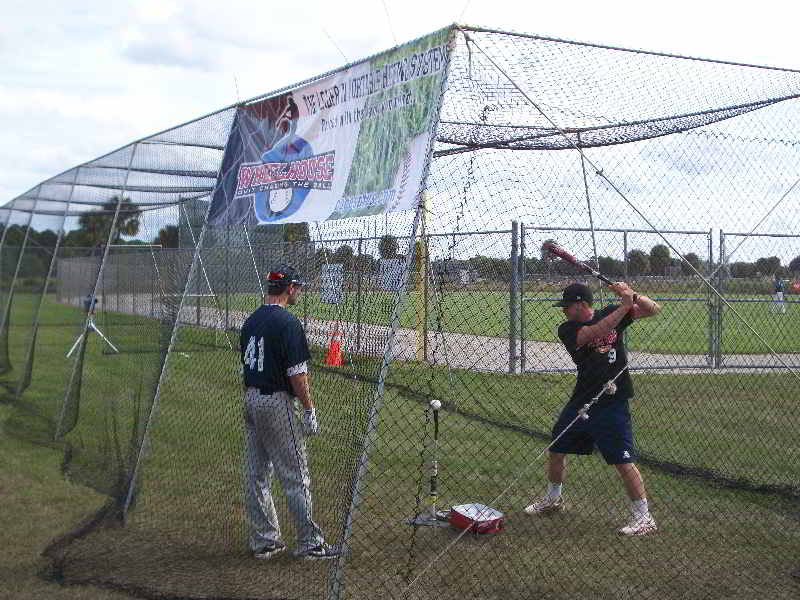The Art of Bunting
In baseball and softball, there is nothing like a home run. However, when it comes to strategic scoring, a tactful bunt is a very important facet of the offensive game. There are many different schools of thought when it comes to bunting, but one thing is universal: it is a style of hitting that takes a great deal of practice to master.
 The best kinds of bunts come as a surprise to the defense. Rather than swinging at the ball, the idea is more to “catch” the ball with the bat, sending it softly through a gap in the infield. There are different approaches as well as different desired outcomes of bunting. Good bunt technique coupled with speed down the first base is a winning combination.
The best kinds of bunts come as a surprise to the defense. Rather than swinging at the ball, the idea is more to “catch” the ball with the bat, sending it softly through a gap in the infield. There are different approaches as well as different desired outcomes of bunting. Good bunt technique coupled with speed down the first base is a winning combination.
The bunt most often executed is the sacrifice bunt. It is used to advance a runner, most often on second base with no outs. By drawing the infielder down the baseline toward the trickling hit, this type of bunt enables the on-base player to advance. The type of bunt almost always results in with an out for the batter. But if done right, a sacrifice bunt will also advance runners into scoring position, a strategic gain for the offense.
Another type of bunt is the squeeze bunt. There are two types of squeeze bunts. The suicide squeeze, is used to try and score a runner from third base. Typically this is done late in the game when then game is tied or down by one run. It is risky since the runner takes off before the batter has laid down the bunt. If the batter does not get the bunt off, the runner may easily be tagged out at home. The safety squeeze has the runner taking off only after the batter has put down the bunt. The helps reduce the chances that the runner will be tagged out at home.
The other type of bunt is the drag bunt. This type of hit requires not only the element of surprise, but also the precise placement of the ball between the third baseman (playing short) and the short stop (playing deep). Usually the move of a left-handed hitter, since he is closer to first base; the goal of a successful drag bunt is the get the hitter on base. This of course requires a whole lot of hustle as well as hitting technique, both of which can be fine-tuned with diligent practice.
These examples only begin to scratch the surface when it comes to bunting strategy. Just like anything else, the earlier young players are exposed to this approach to hitting the better. Imprinting proper technique at a young age is important to lasting success at the plate, and teaching a youngster how to bunt properly is much easier than breaking the bad habits of a veteran player.
Making it to base following a bunt is dependent upon two things: technique and speed. While they say you can’t teach speed, the technique behind a solid bunt is best learned in the batting cages. Give your child a head start on their bunting technique with a home batting cage system from Wheelhouse Batting Cages!



Leave a comment
All comments are moderated before being published.
This site is protected by hCaptcha and the hCaptcha Privacy Policy and Terms of Service apply.